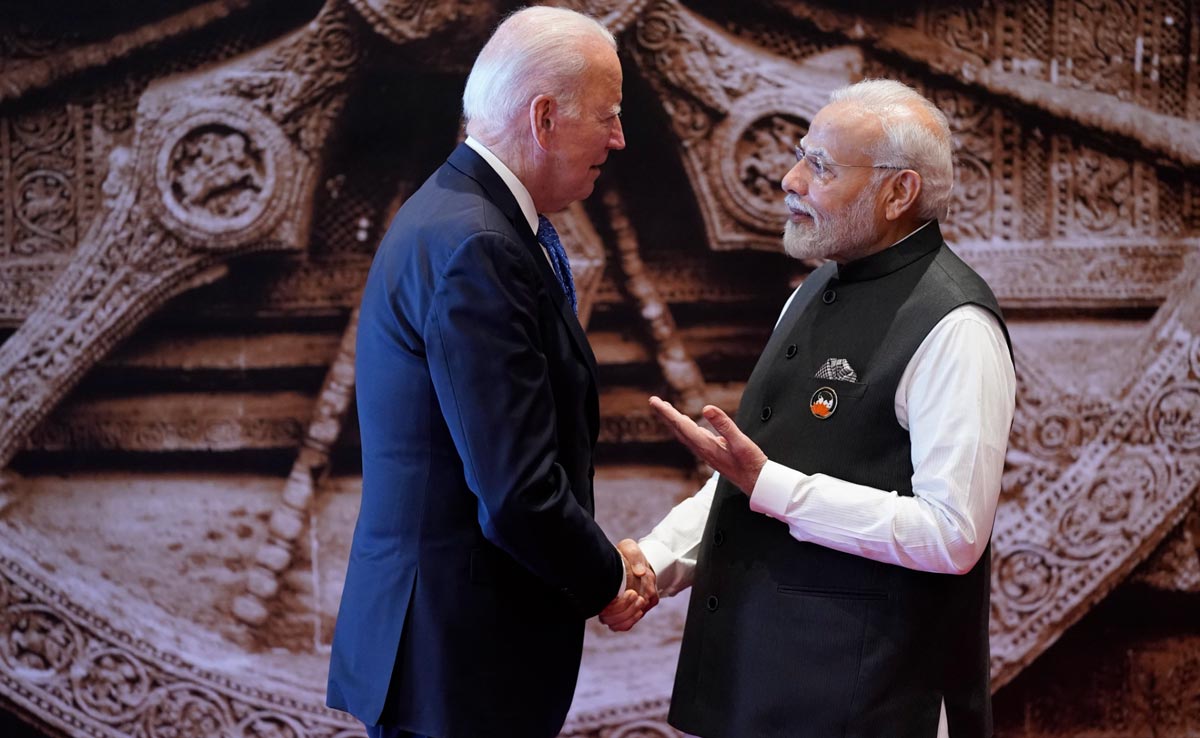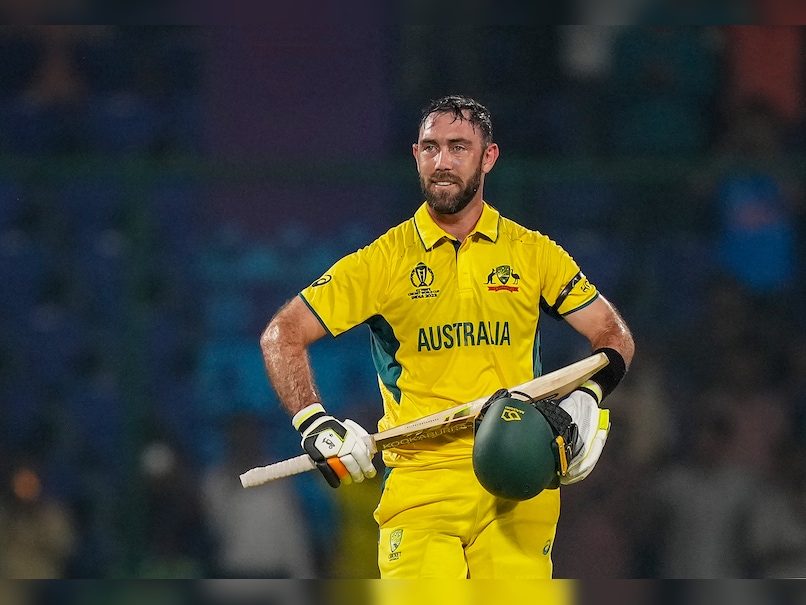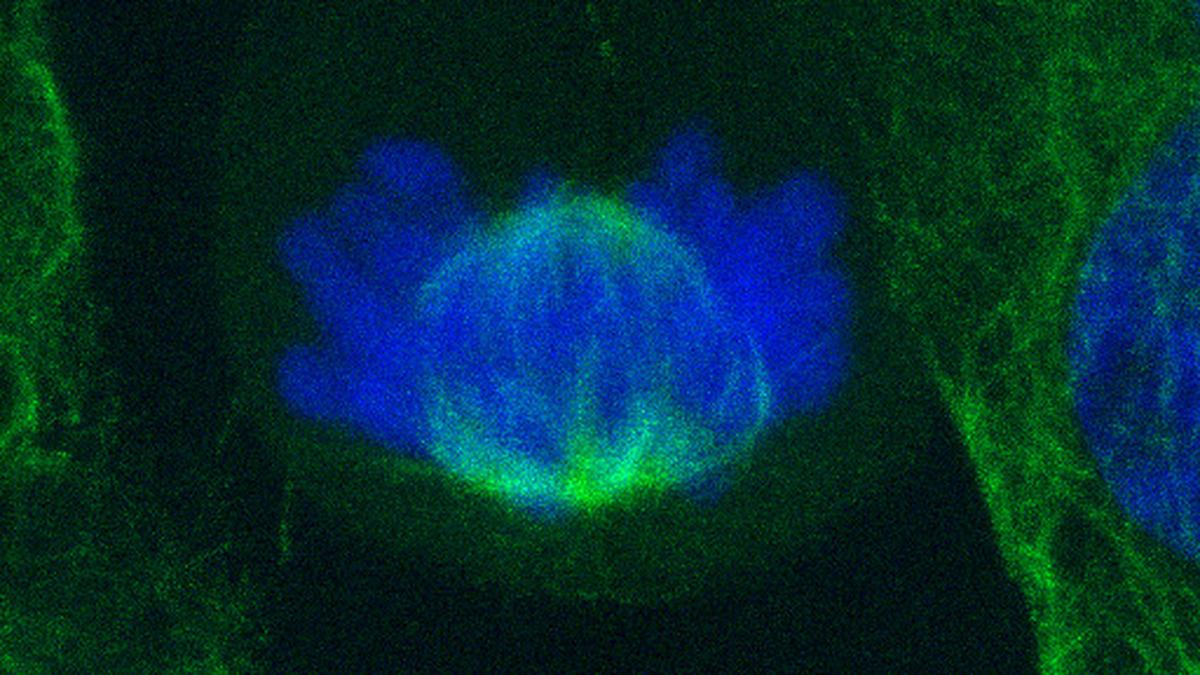ISRO chief S. Somnath on April 21 said that the Aditya L1 solar mission of the premier space research agency is continuously sending data about the Sun.
| Photo Credit: ANI
ISRO chief S. Somnath on April 21 said that the Aditya L1 solar mission of the premier space research agency is continuously sending data about the Sun.
Mr. Somnath, who was speaking to reporters here after being conferred a special award by jewellery major P.C. Chandra Group, said several instruments of the spacecraft are working continuously to feed data on many aspects.
“We are looking into the sun in a continuous manner – UV magnetic charges observation, corona graph observation, X-ray observation and other things,” he said.
India’s first solar mission craft, Aditya-L1 spacecraft was launched on September 2, 2023.
“As we are keeping this satellite for five years, the observation will be analysed as a long-term measure. It is not like your instant news that something has been reported about the sun today, something else will happen tomorrow, things will happen every day,” he explained.
All observations will happen now but the results will be known later, he said.
“Eclipse happens as the sun is blocked by the moon. It is not like that anything happens within the sun during an eclipse. But obviously, our mission is also collecting data about the sun before, during and after an eclipse, Mr. Somnath said, while answering a question on whether the mission will throw light on the solar eclipse.
Speaking about collaborations with other space agencies, he said ISRO is building a joint satellite NISAR (NASA-ISRO Synthetic Aperture Radar).
- ISRO chief S. Somnath on April 21 said that the Aditya L1 solar mission of the premier space research agency is continuously sending data about the Sun.
- India’s first solar mission craft, Aditya-L1 spacecraft was launched on September 2, 2023.
- Speaking about collaborations with other space agencies, Mr. Somnath said ISRO is building a joint satellite NISAR (NASA-ISRO Synthetic Aperture Radar).









